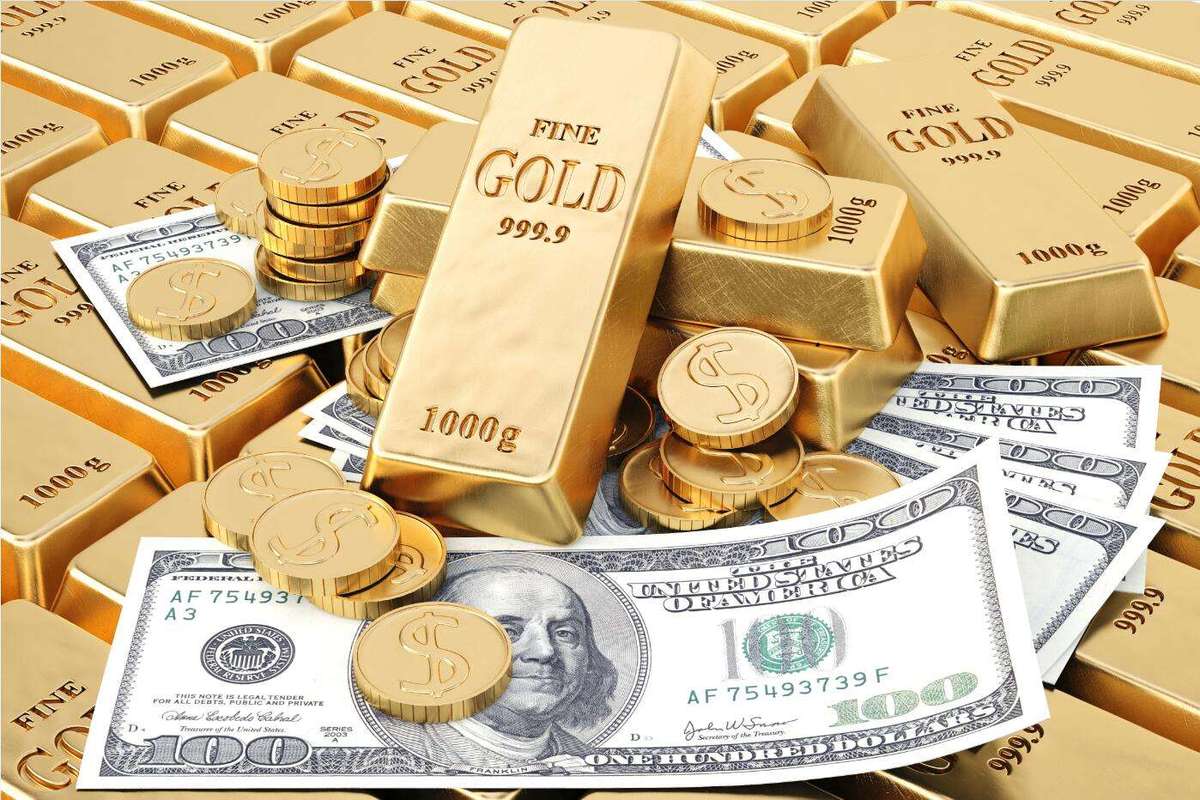Gold prices have maintained a strong upward trajectory in 2025, largely supported by a sharp decline in the US dollar.

While geopolitical tensions and central bank buying have traditionally been key factors influencing gold, currency fluctuations — particularly the weakening dollar — have emerged as a dominant force this year.
The US dollar index has fallen nearly 12% year-to-date, marking its steepest annual decline since 1973. This depreciation has made dollar-denominated assets, such as gold, more attractive to global investors, triggering increased demand for the yellow metal. In India, gold prices have surged to Rs. 97,220 per 10 grams (24K), inching closer to the psychological benchmark of Rs. 1 lakh.
Analysts attribute the dollar’s weakness to multiple developments, including rising US debt levels, a controversial fiscal stimulus plan that could add over $3.9 trillion to the deficit, and political pressure on the Federal Reserve to cut interest rates. Concerns about the independence of the US central bank and fears of escalating trade and currency wars under the current administration have further eroded investor confidence in the dollar.
As a result, investors are increasingly moving capital away from US dollar-based assets and into traditional safe-haven alternatives like gold. Despite some cooling of geopolitical tensions globally, central banks continue to accumulate gold, adding to the upward momentum.
Market watchers suggest that the weakening dollar may continue to support gold prices in the second half of 2025. However, they caution that the trajectory will remain sensitive to upcoming economic policy decisions in the US, central bank strategies, and global market sentiment.
With current trends pointing towards continued dollar softness, the outlook for gold remains bullish, as investors prioritise wealth preservation in an uncertain economic climate.
Be the first to comment